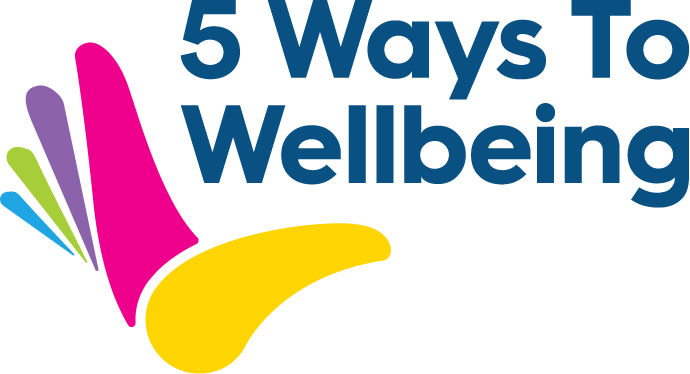
You are using an outdated browser. Please upgrade your browser to view our website properly.

You are using an outdated browser. Please upgrade your browser to view our website properly.
While there are many descriptions of wellbeing, the fact that it’s important to all people is irrefutable. Wellbeing has many components, such as mental, psychological, social, emotional, and spiritual.
Social Wellbeing is a sense of belonging to a community and making a contribution to society.
Emotional Wellbeing means feeling good. Being happy, experiencing positive emotions like love, joy or compassion, and feeling generally satisfied with life.
Spiritual Wellbeing can include feeling connected to a higher power, a sense of meaning or purpose or feelings of peace or transcendence.
The World Health Organisation describes ‘wellbeing’ as a “resource for healthy living” and “positive state of health” that is “more than the absence of an illness” and enables us to function well: psychologically, physically, emotionally and socially. In other words, wellbeing’ is described as “enabling people to develop their potential, work productively and creatively, form positive relationships with others and meaningfully contribute to the community” (Foresight Mental Capital and Wellbeing Project 2008).
Sarah Stewart-Brown, professor of public health at Warwick University (UK) and wellbeing expert explains that wellbeing can take many forms but a useful description is “feeling good and functioning well and feeling happy is a part of wellbeing but far from the whole”.
There is a deeper kind of wellbeing, which is about living in a way that is good for you and good for others around you. Further to this concept of wellbeing:
It’s important to understand that ‘wellbeing’ or ‘being- well’ as something you do, rather than something you are. The things we do and the way we think can have a big impact on our experience!
Hundreds of research studies have proven, wellbeing doesn’t just feel good – it’s important for happier, healthier living:
Research also shows that people who report higher levels of wellbeing tend to be:
Evidence suggests that the whole population can benefit from being active to increase or maintain their psychological wellbeing. The diagram below (Keys 2002) shows that wellness and illness are not opposites, but rather are on two different measures. It explains how wellbeing can be improved for people who do not have a diagnosed illness but have low levels of wellbeing, and for those who do have a diagnosed illness.

Psychological wellbeing includes a number of different aspects:
While there are many influences, it is now broadly understood that the greatest influences on our quality and capacity for optimal wellbeing largely relate to the social and economic conditions of where our lives take place (World Health Organisation 2004).
These influences interact with one another and with other known biological and psychological influences. This makes health and wellbeing complex.
The 5 Ways To Wellbeing draws on scientific evidence about protective factors for psychological and emotional wellbeing operating at an individual level.
The most recent and extensive research evidence suggests there are 5 main ways all individuals can play an active role towards improving and maintaining a sense of wellbeing:

Further Reading/References